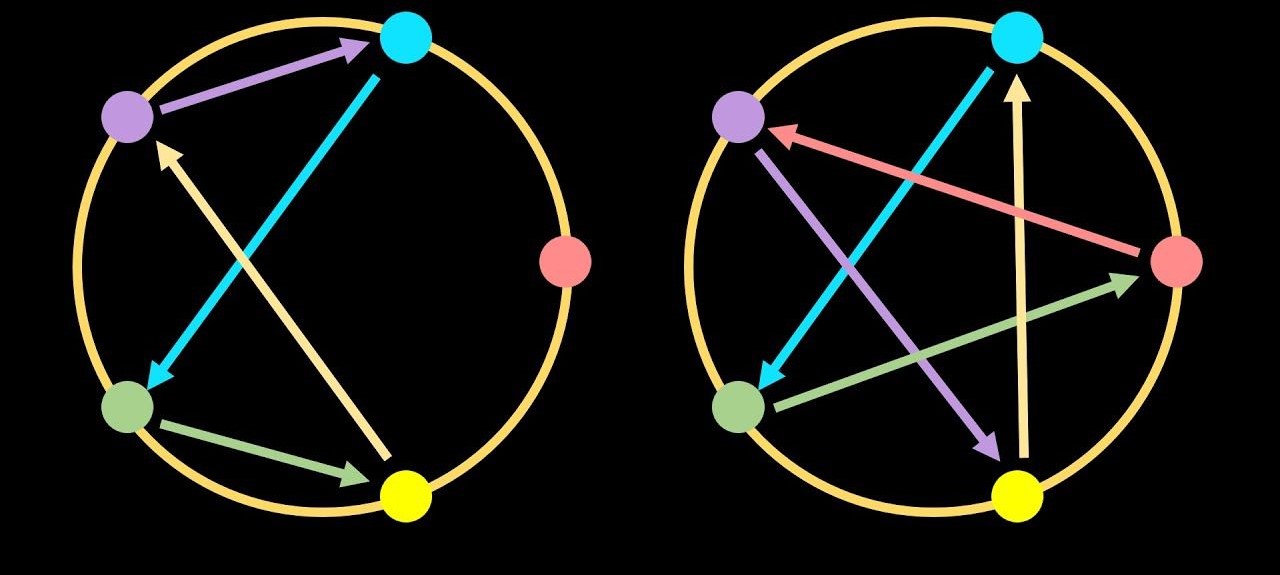
The Abel-Ruffini theorem, a fundamental concept in mathematical sciences, has intrigued scholars and mathematicians for centuries. This theorem, proposed by Paolo Ruffini and Niels Henrik Abel, holds significant importance in the field of algebra and polynomial equations. Understanding the implications and intricacies of this theorem is crucial for anyone delving into the depths of mathematical theory.
In this article, we will explore six essential facts about the Abel-Ruffini theorem, shedding light on its historical significance, impact on mathematical thought, and practical applications. From its origins to its implications for polynomial equations, we will delve into the core aspects of this theorem, providing a comprehensive overview that will enhance your understanding of this pivotal mathematical concept. Whether you're a mathematics enthusiast, a student, or a professional in the field, grasping the essence of the Abel-Ruffini theorem is a journey worth undertaking. So, let's embark on this exploration of the intriguing and impactful theorem that continues to shape the landscape of mathematical theory.
Key Takeaways:
- The Abel-Ruffini Theorem says you can’t solve all big math problems with a simple formula. It changed how we think about algebra and inspired new math discoveries.
- This theorem from the 1800s still shapes how we solve math puzzles today. It’s like a puzzle piece that helps mathematicians understand big, tricky equations.
Abel-Ruffini Theorem is a fundamental concept in mathematics.
The Abel-Ruffini Theorem, also known as the Abel-Ruffini impossibility theorem, is a crucial result in the field of mathematics. It states that there is no general solution in radicals to polynomial equations of degree five or higher. This theorem has significant implications in the study of algebra and the understanding of polynomial equations.
The theorem was first proven in the 19th century.
In the early 19th century, mathematicians Paolo Ruffini and Niels Henrik Abel independently proved the theorem, marking a pivotal moment in the history of mathematics. Their work laid the foundation for further exploration into the solvability of polynomial equations, sparking extensive research and debate within the mathematical community.
It revolutionized the understanding of algebraic equations.
The Abel-Ruffini Theorem revolutionized the understanding of algebraic equations by establishing limitations on the solvability of higher-degree polynomial equations. This groundbreaking result reshaped the way mathematicians approached the study of algebra and provided valuable insights into the nature of polynomial roots and their relationships.
The theorem has profound implications for Galois theory.
The Abel-Ruffini Theorem's impact extends to Galois theory, a branch of abstract algebra. It played a pivotal role in the development of this theory, which focuses on the symmetries and roots of polynomial equations. The theorem's influence on Galois theory has contributed to a deeper understanding of field extensions and the structure of mathematical equations.
It sparked further exploration into unsolvability in mathematics.
The proof of the Abel-Ruffini Theorem sparked a surge of interest in the concept of unsolvability in mathematics. This led to the exploration of other mathematical problems and the development of new theories and techniques to address the limitations posed by the theorem. The theorem's influence continues to inspire research and innovation in the field of mathematics.
The theorem remains a cornerstone of algebraic theory.
Despite being established in the 19th century, the Abel-Ruffini Theorem remains a cornerstone of algebraic theory and continues to shape the study of polynomial equations and their solutions. Its enduring significance underscores its profound impact on the field of mathematics, serving as a constant source of inspiration for mathematicians and researchers worldwide.
The Abel-Ruffini Theorem stands as a testament to the enduring legacy of mathematical discoveries, shaping the way we perceive and approach algebraic equations. Its impact reverberates through the annals of mathematical history, leaving an indelible mark on the field of mathematics and inspiring generations of mathematicians to unravel the mysteries of polynomial equations.
Conclusion
In conclusion, the Abel-Ruffini theorem stands as a significant landmark in the realm of mathematics, shedding light on the solvability of polynomial equations. Its impact reverberates through various branches of mathematics and has sparked profound discussions and developments in the field. Understanding the theorem's implications and historical context provides valuable insights into the evolution of mathematical thought and the enduring quest to unravel the mysteries of equations and their solutions.
FAQs
What is the significance of the Abel-Ruffini theorem?
The Abel-Ruffini theorem holds immense significance as it addresses the fundamental question of the solvability of polynomial equations by radicals. Its implications extend across diverse mathematical domains, influencing algebra, number theory, and abstract algebra, and continue to inspire further research and exploration.
How does the Abel-Ruffini theorem impact modern mathematics?
The Abel-Ruffini theorem has left an indelible mark on modern mathematics by shaping the understanding of polynomial equations and their solutions. Its influence permeates through various mathematical disciplines, serving as a catalyst for advancements in algebraic structures, Galois theory, and the broader landscape of mathematical inquiry.
Was this page helpful?
Our commitment to delivering trustworthy and engaging content is at the heart of what we do. Each fact on our site is contributed by real users like you, bringing a wealth of diverse insights and information. To ensure the highest standards of accuracy and reliability, our dedicated editors meticulously review each submission. This process guarantees that the facts we share are not only fascinating but also credible. Trust in our commitment to quality and authenticity as you explore and learn with us.
